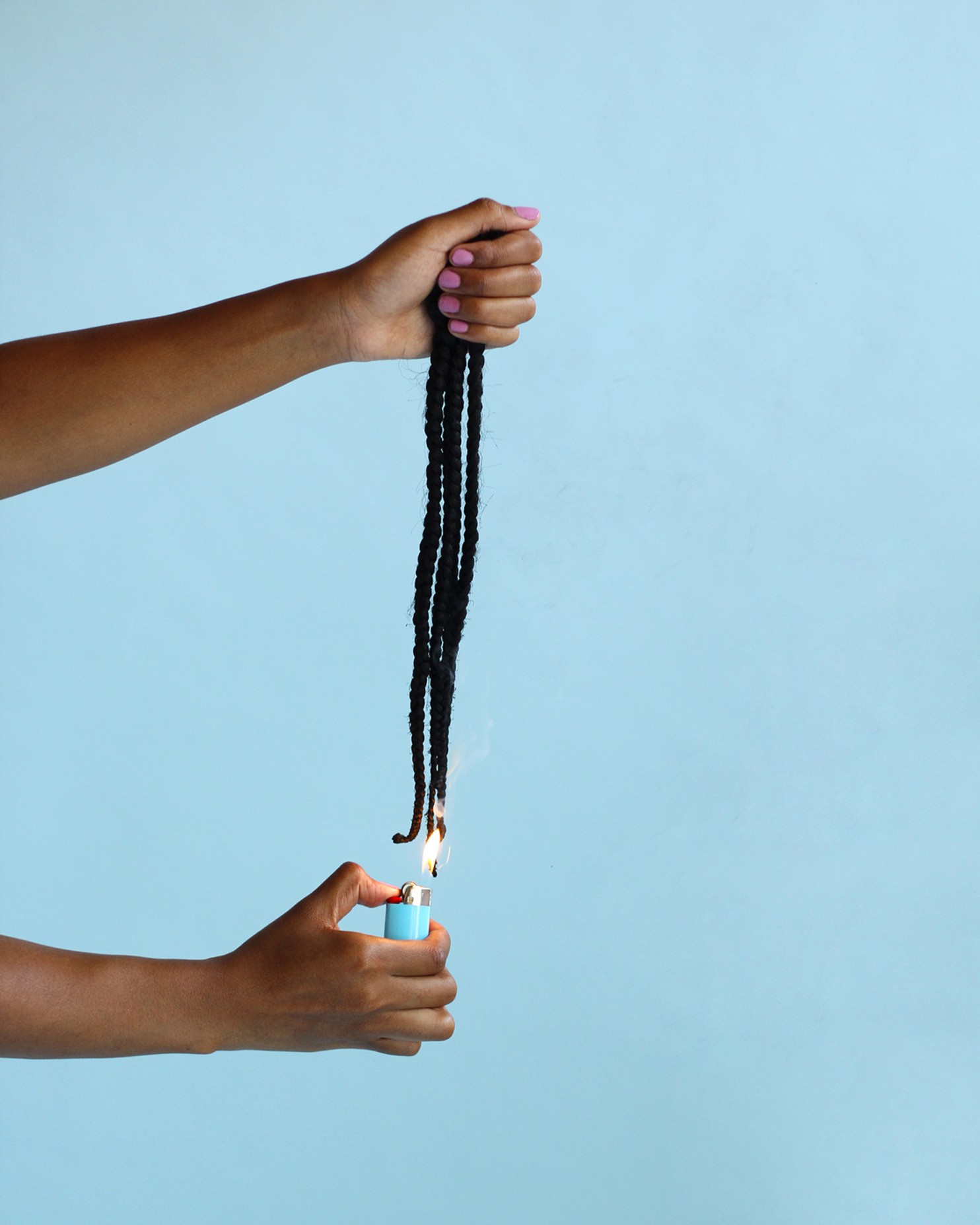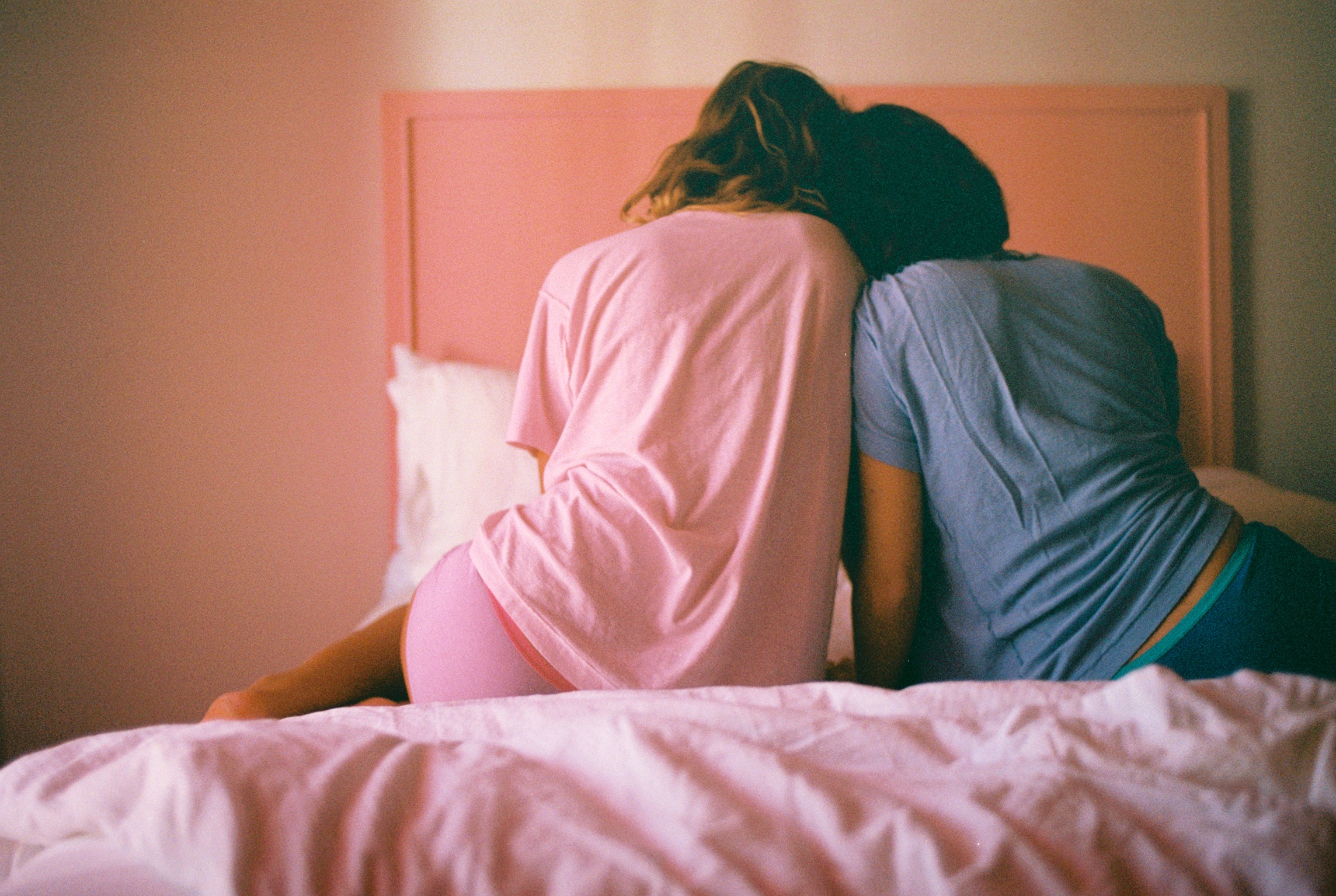
I enjoy looking at images of women, as I’m sure, many people do. As I work online, and I live in the world, I’m exposed, in the neoliberal western world, to all kinds of images of women on a daily basis. Images of women are probably the second most popular kind of image, after cats. But I happen to be a woman. Not that I think that makes me any more qualified to interpret the images of women around me, but it means they’re more interesting to me – and much more problematic.
Images are part of our collective social and cultural identity and we need more meaningful mediations, in the art world and beyond, to understand them. A narrow reading of images of women, conditioned by a competitive society, is common. Meanwhile, the ways in which images of women are being created and used has been shifting in the past five years, and this seems to be down to the fact that the field of photography (it hardly needs to be said, but it’s the most diffuse and almost democratic visual tool available) is dominated today by women.

To confront the prejudice about female image-making — that I feel in myself and that I know exists widely in the world at large — I’ve been interviewing some of the women who are producing images of themselves, and of other women, to question them about why, and how, they make the images that they do.
Are women’s images of women different to the images men make of women? Do they create images of themselves differently to the way they create images of other women? What do they see when they see other women’s images of women? How do they see themselves, and what do they want viewers to see?

The women making these images are obviously working in all kinds of fields – fashion, advertising, art, journalism, or practices that cover all of these things – and with different purposes — experimental, commercial, documentary, political. But images don’t live within these defined categories once they’re out there. Photographers’ reasons for creating an image of a woman might differ hugely, but the way we read images is affected and influenced by all the things we see simultaneously around us: we see and interpret them according to our individual experience and surroundings – and according to theories from the past that haven’t yet caught up.

I wanted to juxtapose the ideas and agendas of some of the world’s most prolific female creators working in the last five years, to show how many different conversations are going on in parallel: it is not just about feminism, feminine identity, sexuality, body politics, or looking good – although, of course, all those things have come up. I can’t deny some of my cynicial doubts have also been validated – but the way I read these images now has changed radically by hearing what their producers have to say.
- Mariana Rothen
For the new issue of Elephant, (an introduction to my book Girl on Girl, out in 2016, profiling the work of 40 recent contemporary female photographers) we chose eight artists whose work is particularly challenging to the social, cultural or economic status quo. Each of these female artists has a very different practice, background and purpose in their work on women; by placing them next to each other, visually, it’s obvious that there are many conversations going on around using the female image – but also, their own words reveal how our reading of one image might influence the way we might read, and misread, other images of women.
With so much imagery being decontextualised, we often don’t know what we’re looking at when we see an image of a woman. This survey is surprising and it’s personally helped me better understand many things about the position of women, and the changes happening in our world now. It also celebrates a visual evolution of the female image led by women, but for everyone to enjoy.
Read more in Issue 25








